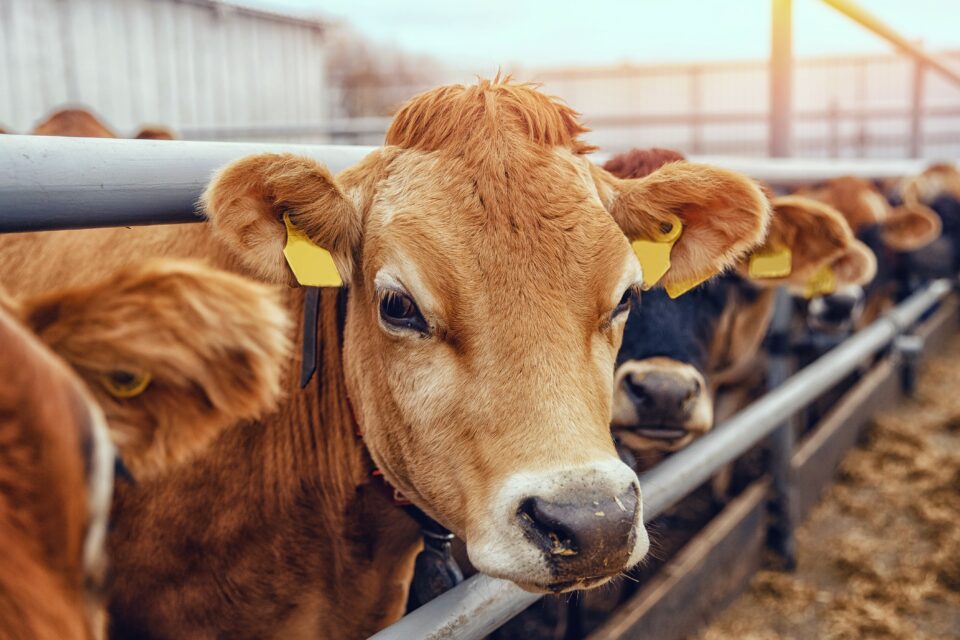Researchers from Harvard Law School’s Brooks McCormick Jr. Animal Law & Policy Program and New York University’s Center for Environmental and Animal Protection have been involved in an ambitious project to study the global policy responses to live animal markets and their role in the transmission of animal-borne (zoonotic) diseases. The research team has investigated case studies in 15 different countries, including the U.S. which, they say, is startlingly unprepared for the dangers posed by zoonotic diseases.
In an editorial published in the journal Science, and titled “Blind spots in biodefense,” the researchers highlight gaps among U.S. governmental agencies that are tasked with combating these types of diseases. Lead authors Ann Linder and Professor Dale Jamieson call for the rebuilding of the U.S. regulatory system in its entirety, in order to combat zoonotic disease risk effectively.
The United States is the largest importer of wildlife in the world and yet, Linder and Jamieson note, the Biden administration’s recent release of its National Biodefense Strategy (NBS-22), the first update since the COVID-19 pandemic began, considers mainly threats that originate largely outside the country.
“NBS-22 focuses primarily on bioterrorism and laboratory accidents, neglecting threats posed by routine practices of animal use and production inside the United States,” they write.
This oversight is significant, Linder and Jamieson observe, given the United States’ past and present record when it comes to interactions at the human-animal interface:
More zoonotic diseases originated in the U.S. than in any other country during the second half of the 20th century.
In 2022, the U.S. processed more than 10 billion livestock, the largest number ever recorded and an increase of 204 million over 2021.
The ongoing H5N1 avian influenza outbreak has left 58 million animals dead in backyard chicken coops and industrial farms in the U.S.
Since 2011, the U.S. has recorded more swine-origin influenza infections than any other country in the world. Most occurred at state and county fairs, which attract 150 million visitors each year and where an estimated 18 percent of swine have tested positive for the virus.
The authors of the editorial also add that the current patchwork of siloed agencies and authorities is marked by a lack of coordination which leaves significant gaps and areas of underregulation. In fact, of the many agencies that govern food animal production, the U.S. Department of Agriculture is the most important, but it has no authority to regulate on-farm animal production. The authors say that a “One Health” approach is needed such that the interconnection between the health of people, animals, plants, and their shared environment is recognized.
“What is needed is not simply for agencies to do their jobs better or to paper over the gaps, but a fundamental restructuring of the way that human–animal interfaces are governed,” Linder and Jamieson urge.
“A One Health approach, which NBS-22 claims as its guiding principle, would take the health of other living things not merely as the occasional means or obstacles to human health, but as continuous with it. The first step in implementing such an approach would be to create a high-level process for integrating the broken mosaic of multiple agencies, with their unclear and sometimes competing mandates, into an effective, comprehensive regime.”
The Live Animal Markets Project, which undertakes collaborative research involving local and international scientists in the 15 countries, aims to provide a comprehensive assessment of appropriate responses to zoonotic disease risks in order to aid policymakers in future, to contribute to public education about these risks, and to support the human health and animal protection communities.
Earth
Tags;alarmingly




